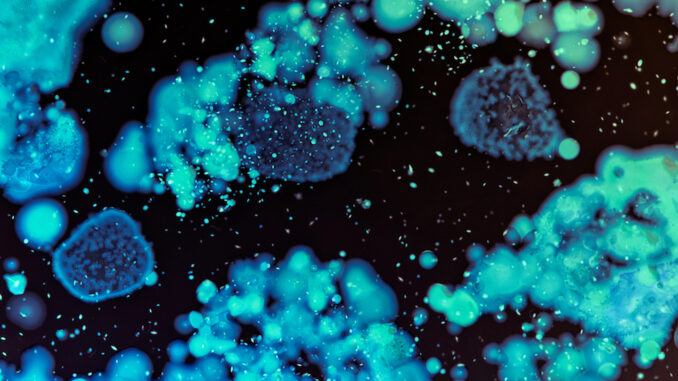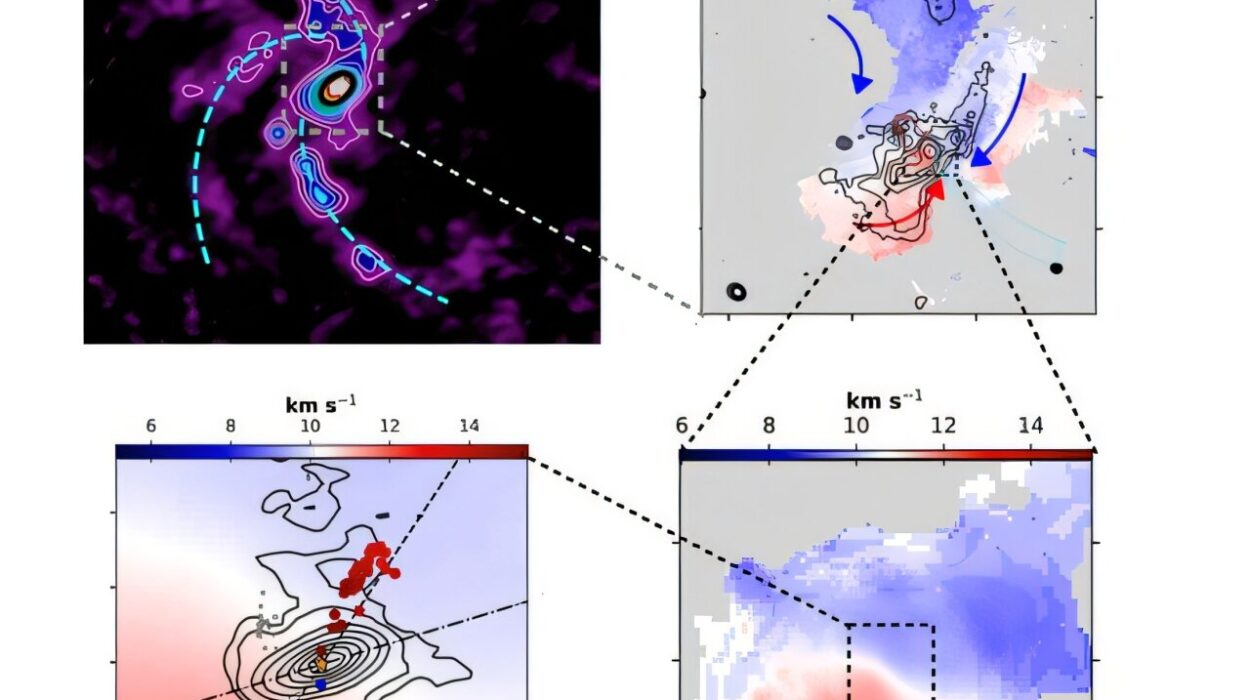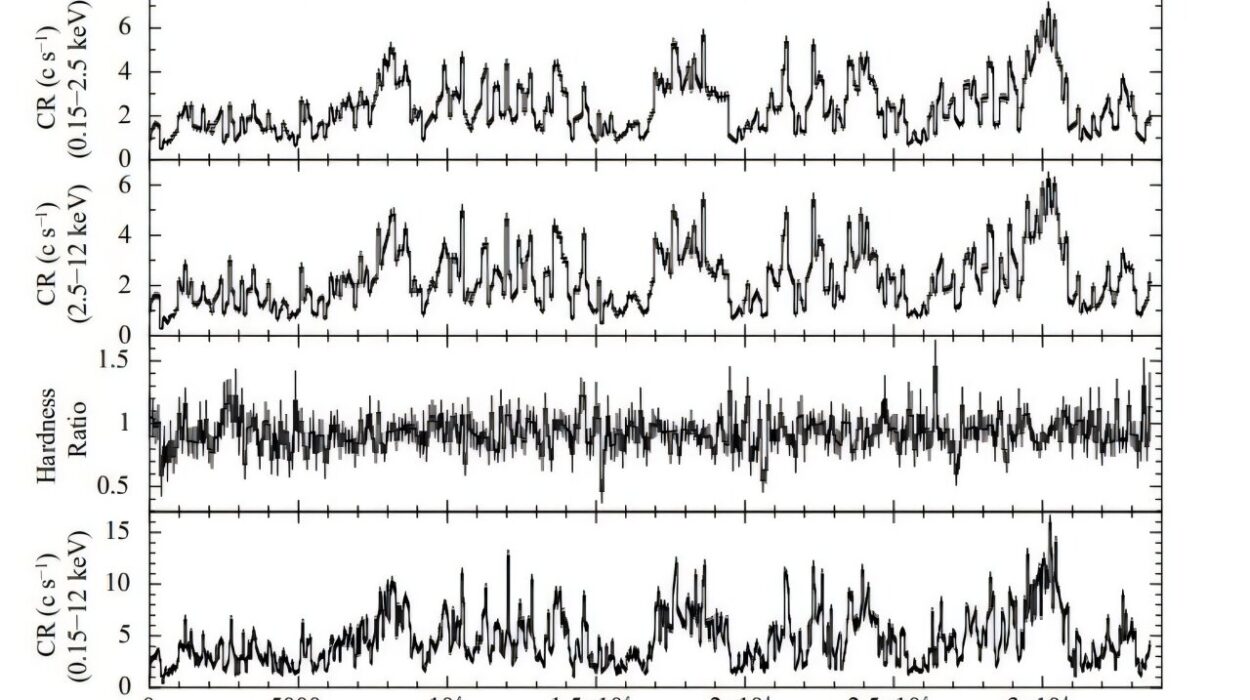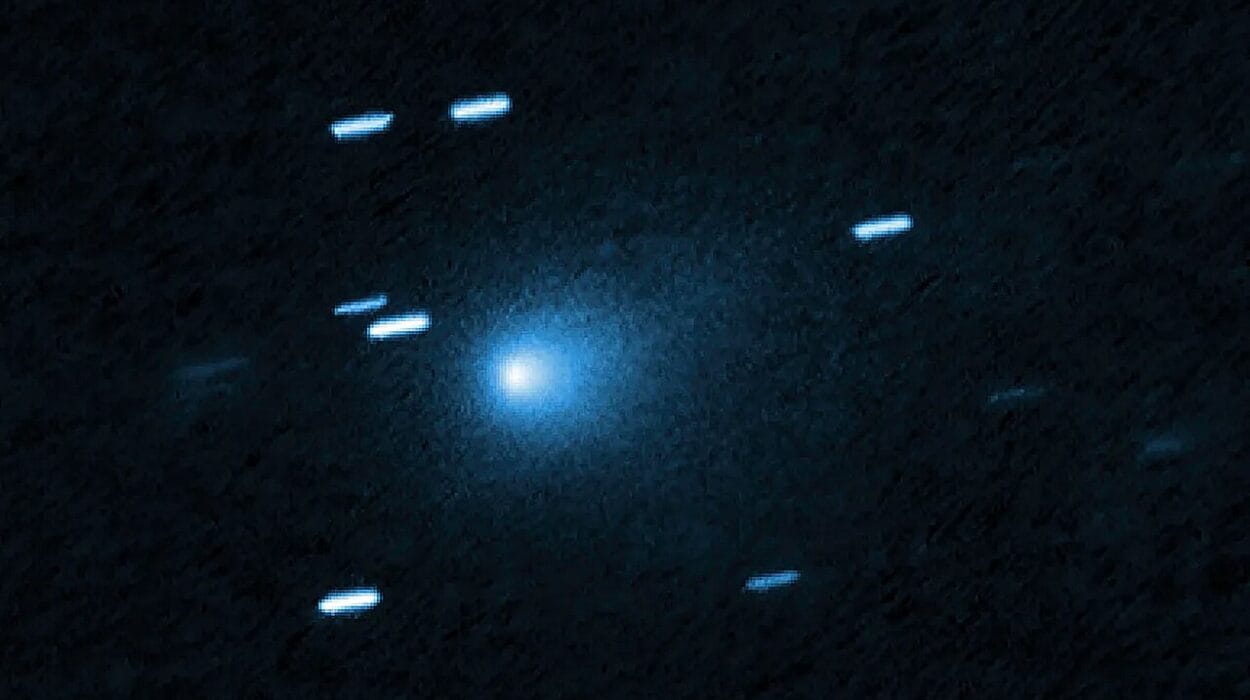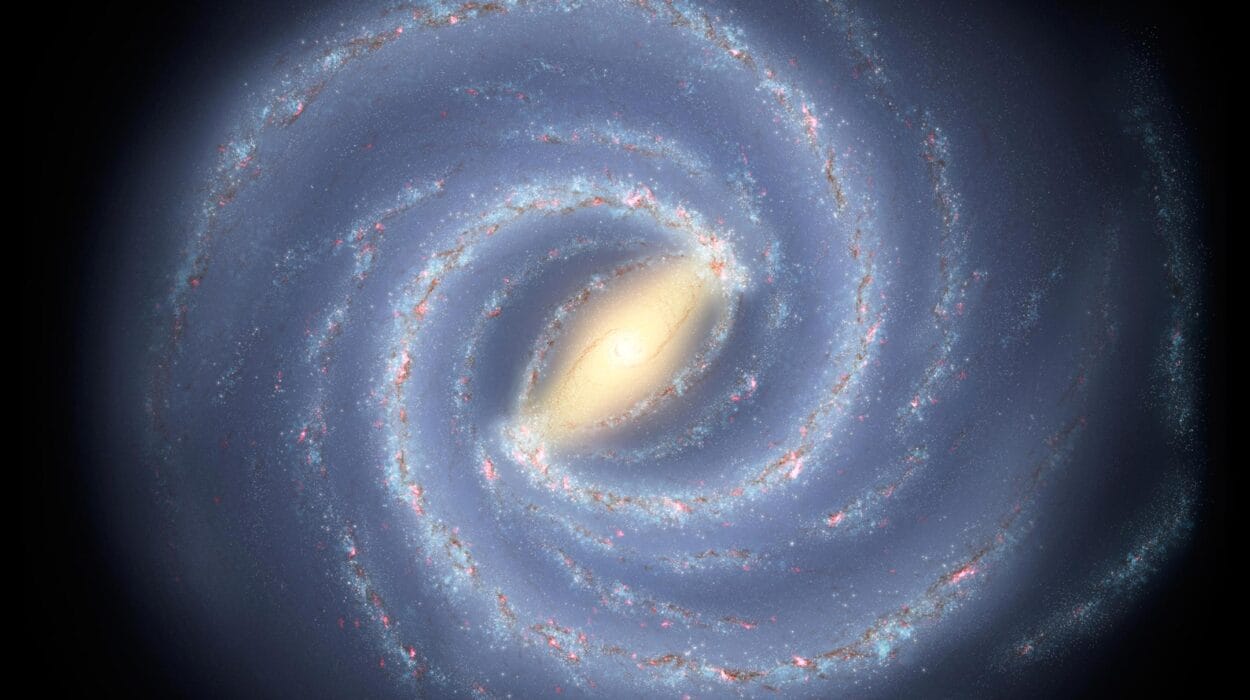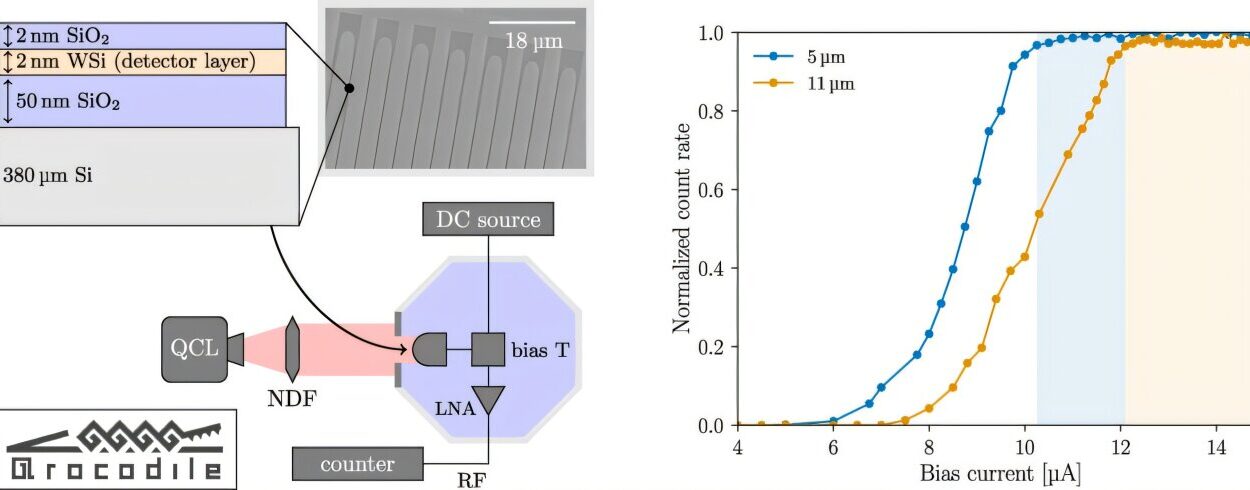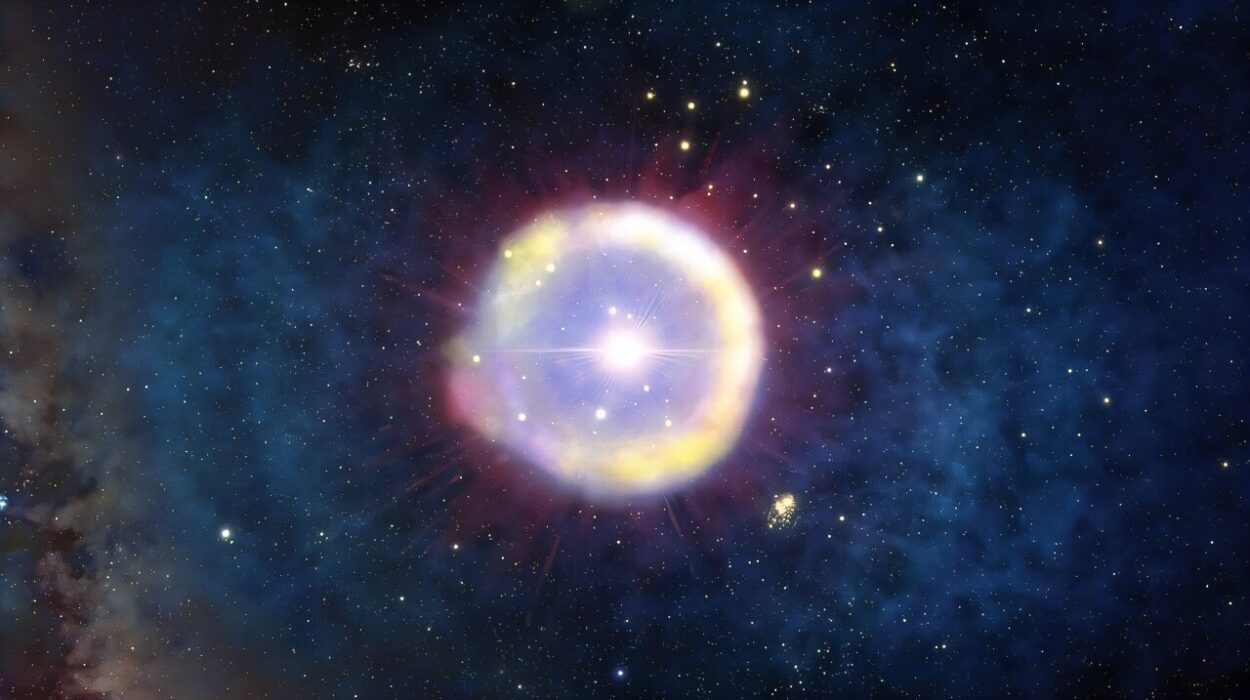Life on Earth has always been defined by the conditions of our planet. The warmth of the sun, the protection of the atmosphere, the availability of liquid water, and a stable gravity all work together to create the perfect environment for life to thrive. However, the question has persisted for millennia: could life exist beyond Earth? If so, what form might it take?
For years, scientists have debated the possibility of life elsewhere in the universe, and more specifically, whether microorganisms—tiny, microscopic organisms like bacteria, fungi, and viruses—could survive the harsh conditions of outer space. The answer has been nothing short of astonishing: Yes, microbes can survive in space. Not only have scientists discovered that certain types of microbes can endure the extreme vacuum, radiation, and temperature fluctuations of space, but they can also survive for prolonged periods under these conditions.
Understanding how microbes manage to survive in space provides us with a fascinating glimpse into the robustness of life on Earth and opens up intriguing possibilities for life elsewhere in the cosmos. This exploration of microbial survival in space is not only essential for advancing our understanding of biology but also for future space exploration, the search for life on other planets, and the origins of life itself.
In this article, we will examine the extraordinary abilities of microbes to endure the vacuum of space, their resistance to high levels of radiation, their survival strategies in extreme temperatures, and the scientific studies that have led to this discovery. We will also consider the broader implications of microbial life in space, from the potential for life on other planets to the long-term survival of microbes in space exploration missions.
The Basics of Microbial Life: A World Beyond Our Eyes
Before delving into the specifics of how microbes survive in space, it is crucial to first understand the characteristics of microbial life on Earth. Microbes are a diverse group of organisms that include bacteria, archaea, fungi, and some viruses. While they are invisible to the naked eye, these organisms are incredibly abundant and have existed for billions of years, long before humans or even complex multicellular organisms appeared.
Microbes are remarkable for several reasons. First and foremost, they are extraordinarily adaptable. These organisms can survive in a variety of extreme environments—such as deep-sea vents, acidic hot springs, polar ice caps, and even in the intestines of animals—that would be lethal to most other forms of life. Microbes can thrive in environments with little oxygen, high levels of salinity, extreme heat, or even the absence of light. Their ability to adapt to such extreme conditions makes them uniquely suited to survive in space.
Additionally, microbes are capable of rapid reproduction. While humans and other complex organisms reproduce slowly, microbes can divide and multiply at an astonishing rate. This allows them to take advantage of favorable conditions quickly and to colonize new environments. This capacity for rapid reproduction is essential for the persistence of life, both on Earth and potentially on other planets.
The study of these resilient organisms has paved the way for the discovery that some microbes can survive in the harshest environments imaginable—space being the most extreme of all.
The Vacuum of Space: A Harsh and Hostile Environment
Space, or outer space, is defined as the vast expanse that exists beyond the Earth’s atmosphere. It is a place of extreme conditions, unlike anything on Earth. There is no breathable air, no atmospheric pressure, and no liquid water in space—essential conditions for life as we know it. Space is also filled with harmful radiation, including cosmic rays and solar radiation, which can severely damage the cells of living organisms.
The absence of atmosphere in space means that there is no medium to support human life, let alone the delicate life forms on Earth. However, certain microorganisms, particularly those that can form spores, are capable of surviving this inhospitable environment.
A key factor in their survival in space is the ability to endure the vacuum of space. In the vacuum of space, there is no air pressure to support life. This can cause the water within a living organism’s cells to evaporate rapidly, leading to dehydration and death for many species. However, certain microbes—especially those capable of forming endospores—have evolved to survive these conditions. Endospores are dormant, highly resistant structures that microbes form under unfavorable conditions. When a microbe forms an endospore, it essentially shuts down its metabolic processes and surrounds its genetic material with a tough, protective shell.
These endospores can endure extreme dehydration and are capable of surviving in the vacuum of space. The tough shell surrounding the endospore protects the microbe from damage caused by the lack of pressure and prevents the loss of water, a vital component for life.
The Radiation Challenge: How Microbes Cope with Cosmic Rays
Space is filled with radiation—cosmic rays, solar radiation, and other forms of high-energy particles. These particles travel at nearly the speed of light and can penetrate the cells of living organisms, causing severe damage to DNA and other cellular structures. For most forms of life, this level of radiation would be lethal. However, certain microbes have developed remarkable adaptations to protect themselves from radiation, making them particularly resilient to the harsh environment of space.
One of the most famous examples of radiation-resistant microbes is Deinococcus radiodurans, a bacterium that has earned the nickname “Conan the Bacterium” due to its ability to survive extreme conditions. This microbe is capable of withstanding doses of radiation that would kill most other organisms, thanks to its powerful DNA repair mechanisms. It can repair breaks in its DNA that are caused by high levels of radiation and other environmental stressors. This ability is crucial for survival, as radiation can cause genetic mutations and cellular damage that could otherwise be fatal.
In addition to its exceptional DNA repair mechanisms, Deinococcus radiodurans is also able to protect itself from oxidative stress caused by radiation. Oxidative stress occurs when the radiation causes an imbalance in the production of reactive oxygen species (ROS), which can damage proteins, lipids, and other cellular components. D. radiodurans produces protective enzymes that neutralize these ROS, further enhancing its resistance to radiation.
Studies have shown that this bacterium can survive in the vacuum of space, including exposure to both ultraviolet (UV) radiation and cosmic rays. Microbes like Deinococcus radiodurans have been instrumental in helping scientists understand how life might survive in space and on other planets with harsh conditions.
Temperature Extremes: How Microbes Adapt to Heat and Cold
One of the most extreme challenges of space is the temperature. In space, objects can experience drastic temperature changes depending on whether they are in the direct sunlight of a star or in the shadow of a planet or moon. In direct sunlight, temperatures can soar to over 250°F (120°C), while in the shadow, they can plummet to -250°F (-157°C). These extreme temperatures are far beyond what most life forms can endure.
However, certain microbes have developed the ability to survive in both extreme heat and cold. Some microorganisms, known as thermophiles, thrive in environments with extremely high temperatures, such as hot springs and deep-sea hydrothermal vents. These microbes produce heat-stable enzymes and proteins that allow them to function in hot environments. Conversely, psychrophiles are microbes that thrive in freezing temperatures, such as those found in polar ice caps and deep in the ocean.
Space-faring microbes are able to endure both extreme heat and cold by entering a dormant state known as cryptobiosis. In this state, the microbe essentially dries out and enters a state of suspended animation. In cryptobiosis, the metabolic processes of the microbe stop, and it becomes almost impervious to the effects of temperature extremes. In fact, some microbes can survive in cryptobiosis for years, even centuries, and when rehydrated or exposed to more favorable conditions, they can “wake up” and resume activity.
The ability of microbes to enter cryptobiosis is one of the reasons they can survive the extreme temperatures in space. When exposed to the harsh environment of space, microbes like tardigrades and certain types of bacteria can go dormant, awaiting the right conditions to revive and reproduce.
Microbial Life on Space Missions: Experiments in Microgravity
Since the early days of space exploration, scientists have conducted experiments to test the resilience of microbes in space. These experiments have been crucial in understanding how life can survive in space and whether microorganisms could be a part of interplanetary missions.
In 1973, the Skylab space station conducted one of the first experiments on the effects of space exposure on microorganisms. Bacterial spores were placed in petri dishes and exposed to the vacuum and radiation of space. The results were astounding: many of the spores survived the harsh conditions, and some even germinated once they were returned to Earth.
More recently, experiments aboard the International Space Station (ISS) have continued to explore microbial life in space. In 2015, researchers sent a variety of bacterial species, including Bacillus spores, into orbit aboard the BioNaut experiment. After a year in space, the bacteria were recovered and found to be still viable. The spores had survived the vacuum of space, high radiation levels, and the fluctuating temperatures of orbit. This experiment further confirmed that certain microbes can survive in space for extended periods.
These experiments demonstrate that microbes are not only able to survive in space for short durations but can endure the long-term challenges of space travel. This has important implications for future human space exploration, as microbes could play a role in the sustainability of long-term missions to the Moon, Mars, and beyond.
The Search for Life Beyond Earth: Microbes and the Possibility of Extraterrestrial Life
The discovery that microbes can survive in space has profound implications for the search for life on other planets. For decades, scientists have wondered whether life could exist elsewhere in the universe, and the fact that microbes can survive the harsh conditions of space opens up new possibilities for the existence of life on other planets, moons, and even asteroids.
One of the primary goals of space exploration is to search for signs of life on planets like Mars, which has conditions that may have once been conducive to life. If microbes can survive in the extreme conditions of space, it stands to reason that they could also survive on other planets or moons that have conditions similar to or even harsher than those of space.
In recent years, missions to Mars and the moons of Jupiter and Saturn, such as Europa and Enceladus, have provided exciting clues about the potential for life beyond Earth. These moons are thought to have subsurface oceans beneath their icy crusts, which could provide the necessary conditions for life. If microbes can survive the vacuum and radiation of space, it is conceivable that similar organisms could exist in the subsurface environments of other planets and moons.
Conclusion: Microbes—The Space Explorers of the Future
The resilience of microbes in space is a testament to the tenacity of life in the universe. These tiny organisms, often invisible to the naked eye, possess extraordinary abilities that enable them to survive in environments that would destroy most other forms of life. Their ability to endure the vacuum of space, the harsh radiation, and the extreme temperatures challenges our understanding of the limits of life and opens up new avenues for space exploration.
As we continue to explore the cosmos, microbes will play an important role in the future of space travel. Understanding how they survive in space helps us prepare for the challenges of long-term human missions to the Moon, Mars, and beyond. It also sparks new questions about the potential for life elsewhere in the universe. The survival of microbes in space suggests that life may be far more adaptable and resilient than we ever imagined—and perhaps life beyond Earth is not as improbable as we once thought.
Microbes have proven that life, even in its simplest form, has the potential to survive and thrive in the most extreme environments imaginable. As we continue our quest to explore the stars, it is these tiny explorers that may one day help us unlock the mysteries of the universe and the origins of life itself.
